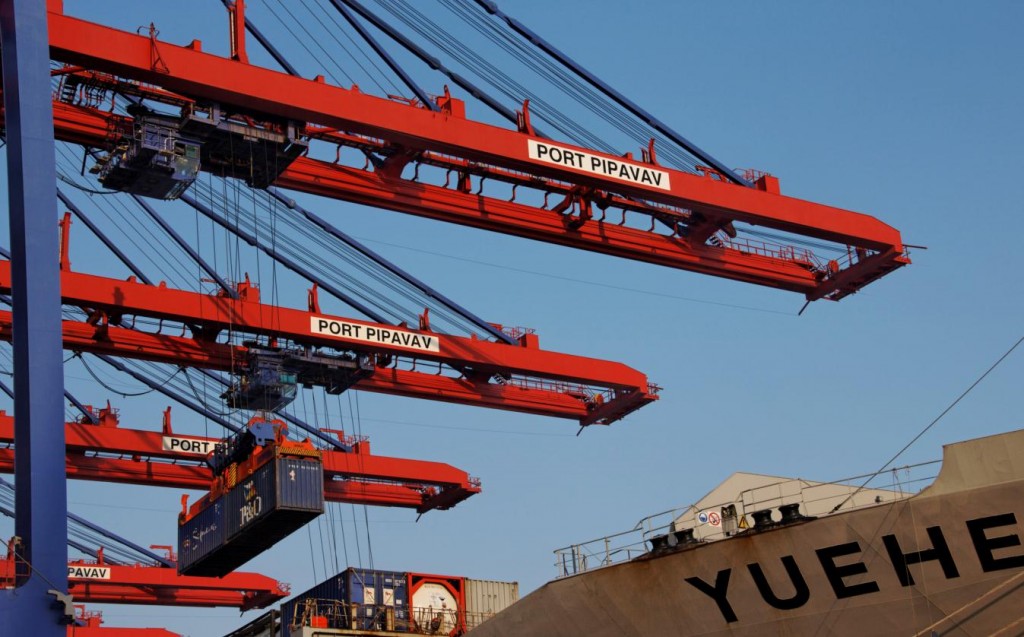Ahmedabad: Two states – Gujarat and Maharashtra – account for more than 46% of the exports from the country. If next three best performing states are added, the top five states account for over 69% of India’s entire export earnings, says a study by the apex industry body, Assocham.

Analysing the data for the period from 2007-08 to 2014-15, the Assocham study on ‘Export Performance of States’ found that besides Gujarat and Maharashtra, the three other top performing states in exports are Tamil Nadu, Karnataka and Andhra Pradesh.
Gujarat and Maharashtra have been vying for the top spot but the latter has became the best performing state as it shipped goods worth $72.83 billion in 2014-15. Gujarat had export shipments of $59.58 billion in the same period while Tamil Nadu emerged as the third largest sourcing state with $27.47 billion worth of consignments, states the study by Assocham Economic Research Bureau.
It is to be noted that the Special Export-Processing Zones have played an important role in promoting exports from the top states. Gujarat, for instance, has been highly successful in tapping the potential of the zones within its jurisdiction. Another noteworthy aspect is that almost three-fourths of operational Special Export-Processing Zones are located in six states – Maharashtra, Gujarat, Andhra Pradesh, Telangana, Karnataka and Tamil Nadu.
Though Gujarat and Maharashtra have traditionally dominated the export business because of their geographical advantage in terms of coastline, their growth rate has not been as high as those of Uttar Pradesh and Haryana which are catching up fast despite being landlocked.
For Gujarat, the compounded annual growth rate (CAGR) was 8% while for Maharashtra, the CAGR stood at 7.2%. Uttar Pradesh registered a growth of 18.3% at a compound level in 2014-15 while it was 14.4% for Haryana. Landlocked states such as Punjab, Rajasthan and Madhya Pradesh have to focus on massive improvement in basic infrastructure like roads, rail and airports to cut the transportation cost to stay competitive in an otherwise choppy international market, states the study.